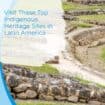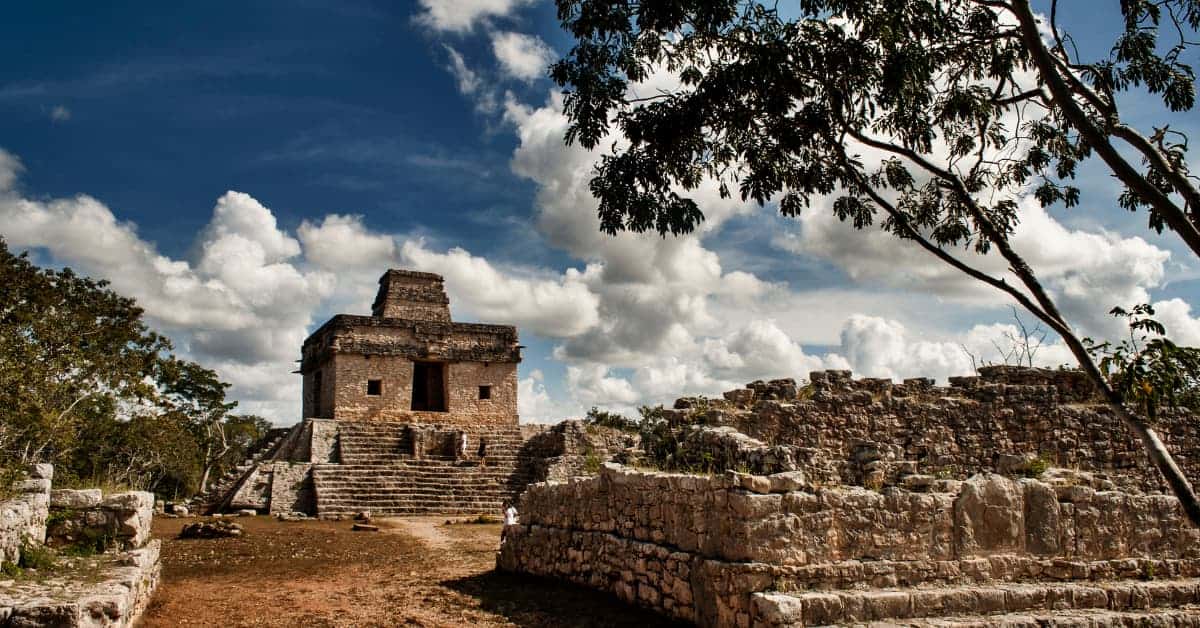
Go World Travel is reader-supported and may earn a commission from purchases made through links in this piece.
For many, a post-COVID future means a return to travel. But after over a year locked indoors, a divisive election, a cultural reckoning over racial injustices, it’s not just travel as normal.
An increased focus in cultural competency promises a return to exploration that strives to better understand other cultures and embrace the inherent value of indigenous populations through travel.
It’s no surprise that industry experts agree that travel itself will look different than it did several years ago – many people will be seeking out less-touristy destinations, putting more thought into the trips we plan to take.
I suggest we learn about and visit indigenous or native sites, including sites in the diverse regions and countries in Latin America.
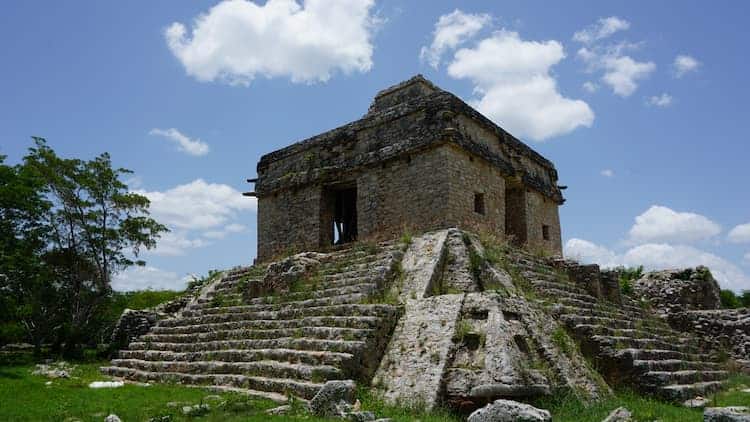
Indigenous Heritage Sites To Visit
As we recontextualize our travel experiences, we must consider the impact we have and what we can learn from the world outside of our home countries.
Eurocentrism and well-developed travel infrastructure in Western Europe, combined with an unfairly negative perception of safety in Latin America, have kept travelers from exploring the pre-colonial sites in the Americas that deserve recognition, not only for their natural beauty but for their contributions to architecture, art, history, and culture.
In 2019, there were 4.68 million visitors from the US to Latin America. Compare that to the 11.92 million visitors to just Western Europe, not including Southern, Eastern, or Northern Europe. We should shift our perception and see the world with a wider lens.
But why? Well, the encyclopedia Britannica’s History of Latin America webpage in 2021 starts with, “This article treats the history of Latin America from the first occupation by Europeans to the late 20th century, with an initial consideration of the indigenous and Iberian background”.
That “initial consideration” is a measly 318 words that concludes with “There is, then, at times, a need for a common term, and if one realizes its limitations, “Indian” may do as well as another” in reference to all indigenous peoples of Central and South America.
As we seek greater cultural competency in the 21st century, it’s imperative that we self-educate, and travel can be a wonderful gateway toward better understanding.
Of course, the future isn’t certain — COVID-19 has proliferated in Latin America, as underfunded healthcare systems butt up against an inability for many to enter into safe and prolonged lockdowns.
While the region is struggling now as vaccinations lag and governments recuperate, when it becomes safe to travel, we ought to branch out. Let’s shift our hyper-focused Eurocentric views toward some of the oldest independent civilizations in the world that have shaped culture here in the United States, even if their influences have been buried under colonization and centuries of erasure.
When you do make your way to Latin America, do not miss the opportunity to visit these pre-colonial heritage sites, both breathtaking and rich with history.
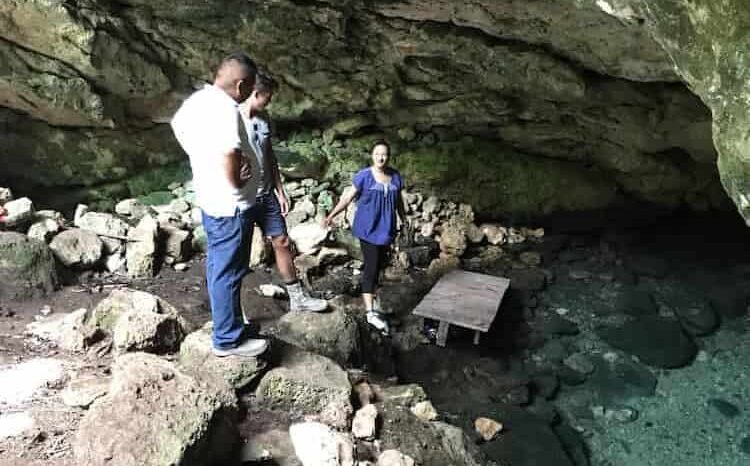
Ingapirca (Ecuador)
The largest known site of Inca ruins in Ecuador, Ingapirca is a gorgeous site at 10,500ft elevation, offering panoramic views of the surrounding valley.
Partially destroyed by colonizing Spaniards in the 16th century who took the stonework to build their own churches, the site was already far gone, the casualty of a war between Huascar and Atahualpa during the Incan Civil War (circa 1527).
Ingapirca is unique — it’s a blend of both Inca and Canari architecture, having been settled by Canari indigenous people long before Incas arrived in the late 1500s. How the Incas overtook the Canaris is an unsolved debate, but evidence shows the two lived peacefully together in this settlement.
While the ruins stretch low across the prairie, the highlighted structure is the Temple of the Sun, the only structure of its kind built by the Incan empire and well-preserved for its age — it was the site of rituals, including Inti Raymi (the Festival of the Sun celebrated on the Northern Hemisphere’s Summer Solstice, which in the Southern Hemisphere is Winter Solstice), which is still celebrated in June each year.
The temple sits atop an ancient Canari ceremonial rock and was likely used to determine agricultural and religious calendars. Its tremendous beauty and unique structure is worth the trek from nearby Cuenca, 43.5 miles by bus.
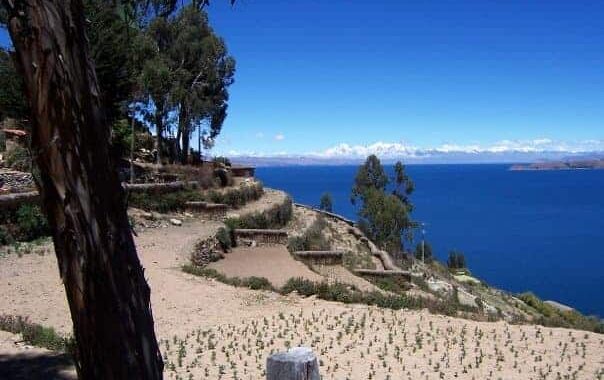
Isla del Sol (Bolivia) Heritage Sites
The largest island in Lake Titicaca is Bolivia’s scenic Isla del Sol, a destination rich with pre-colonial history.
The island is an incredibly important site of Incan mythology, the supposed birthplace of the first Incas (Manco Capac and Mama Ocllo). One story suggests that Manco Capac, son of the Andean deity identified as the sun, emerged from the sacred rock Titi Qala, a reddish sandstone rock that gives the lake its name.
But outside of its mythological significance, Isla del Sol is simply beautiful — from the worn cobblestones of the Pillkukanya temple to a breathtaking view of the snow-capped Andes mountains across the lake.
The island has an indigenous population living in farming- and fishing-heavy towns. I had an opportunity to visit before the pandemic — the only other tourist I saw was a hiker, and I was able to spend time with the person running the inn where I stayed, learning about the island directly from them in an intimate, friendly setting.
There’s nothing quite like it. It is at once isolated and welcoming. There are over 80 ruins on this island, dating back to the 15th Century, and home to the labyrinthine Chinkana archaeological site.
When the sun sets over the water, the night skies provide a breathtaking display of the universe’s natural beauty, far from the light pollution of major cities.
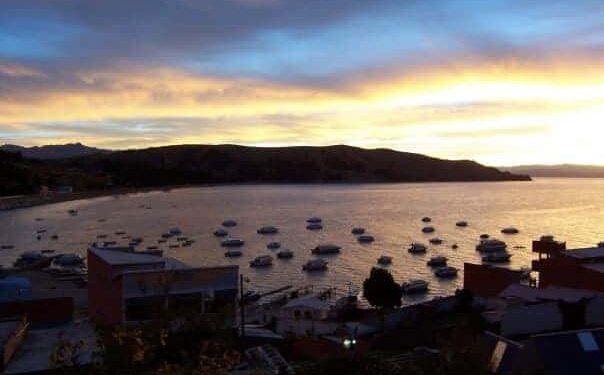
Pyramids (Yucatan)
Across the Yucatan peninsula are Maya ruins, renowned for their beauty and architectural integrity — some of these are beautifully preserved, but all are worth visiting if you find yourself in the region.
I’ve hosted youth programs in the Yucatan. Virtually all of our host communities had a pyramid in them, and many had cenotes, the unbelievably gorgeous natural sinkholes made from collapsed limestone bedrock with glimmering aqua pools.
There are several standout Yucatan pyramids that are unmatched in beauty and history.
Palenque is the ruin in which archeologists came to understand the Maya calendar, hieroglyphics, and understanding of astronomy through its detailed inscriptions and graphemes. It is elegantly crafted, with reliefs illustrating Mayan mythology nestled in thick jungle.
Uxmal, commonly referred to as the most beautiful of the Yucatan ruins, was one of the largest cities of the peninsula, at its height home to 20,000 people. A pyramid with rounded corners (distinctive of Puuc architecture) dominates the site, which covers 150 acres, abandoned by 1541, but a UNESCO World Heritage site today.
Another UNESCO World Heritage site, Chichen Itza, is the city mixing Mayan and central Mexican construction throughout its 1,000-year history.
While the Tolec of Mexico were pushed out between 967-987AD when King of Tula, Ce Acatl Topiltzin Quetzalcoatl, took the city, its monuments are masterpieces of Mesoamerican architecture, undeniably beautiful and sophisticated buildings unlike any other.
There’s truly nothing like it.
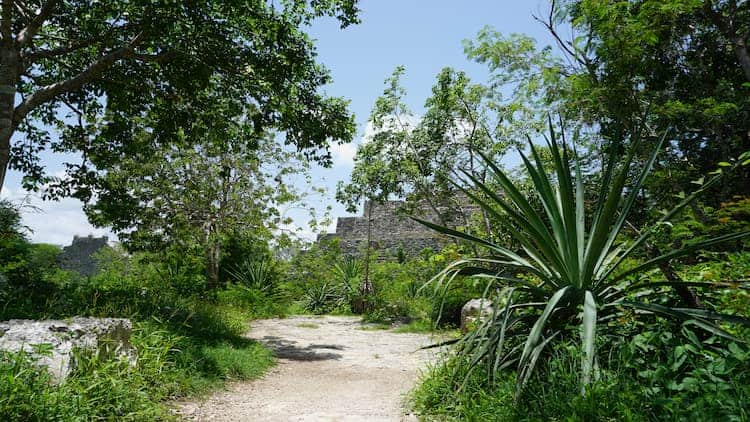
Monte Alban (Mexico) Heritage Sites
The historic center of Oaxaca and one of the earliest cities of Mesoamerica, rising from the valley in Mexico is yet another UNESCO World Heritage site — Monte Alban.
This archeological site is considered the most significant of the Oaxaca Valley, atop a mountain range overlooking the city that has provided us with significant insights in Zapotec civilization (one of the largest of the more than 60 indigenous cultures of Mexico) through hieroglyphics and carved reliefs, many of which are now safely located in the nearby museum.
Aside from its gorgeous panoramic view, it is home to the ruins of a once vibrant city — The Main Plaza is surrounded by terraces, pyramids, and a court for playing tlachtli, the remnants of a city built before 200AD.
With its pyramids, burial chambers, and what may be the first observatory of Mesoamerica, Monte Alban is a not-to-be-missed site just a few miles from Oaxaca.
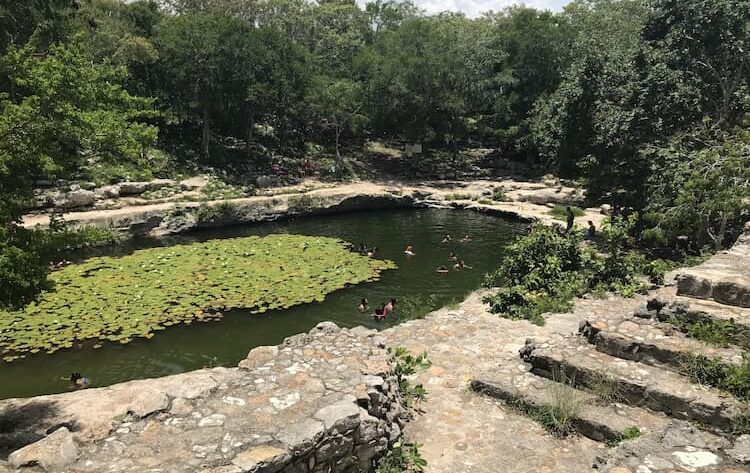
As we look toward a world where we can safely travel once again, we should seek to develop our sense of the world — not a single Latin American city cracks the top 10 most visited cities in the world.
This isn’t a call to turn an entire continent into a tourist destination, but rather a humble request that we do more to become culturally competent citizens of the world. A Google search for “Europe Guidebooks” returns 5.79 million results where “Latin America Guidebooks” returns only 629k.
That doesn’t mean there’s nothing to explore in Latin America, it just means that in our post-pandemic travels, we can shift our perspectives to re-envision what we value in a destination while making sure we are respectful to the cultures of places we visit.
Part of this is seeking to understand and appreciate their indigenous histories in a way that supports local people and economies without causing harm to the environment or sites themselves.
When we open ourselves up to a wider definition of international travel, we can explore the countries nearest to us, rich with history, vibrant with culture, and beautiful beyond our imaginations.
Find more travel inspiration here:
Author Bio: Lily Young is the Marketing Director at Amigos de las Américas, a nonprofit that provides international service and immersion programming in the U.S. and Latin America. Before joining AMIGOS, Lily lived and traveled throughout Latin America, notably working with NGOs in Bolivia and Colombia. She holds a master’s degree in Development Studies from SOAS, University of London. She is still perfecting her quest to bake the perfect salteña.
- Top 10 Things to Do in Ireland - April 25, 2024
- How to Get Around in Sydney: A Local’s Guide to Traveling Around Sydney - April 24, 2024
- The Low-Key Magic of Ghent, Belgium - April 22, 2024

